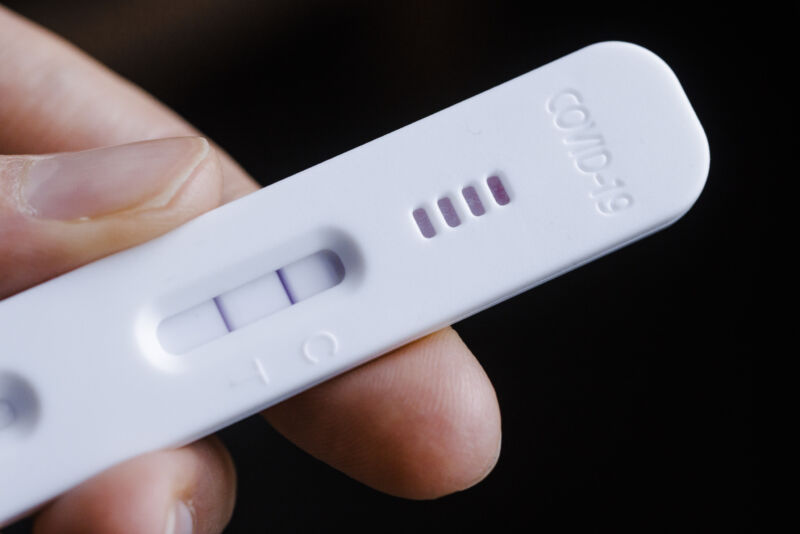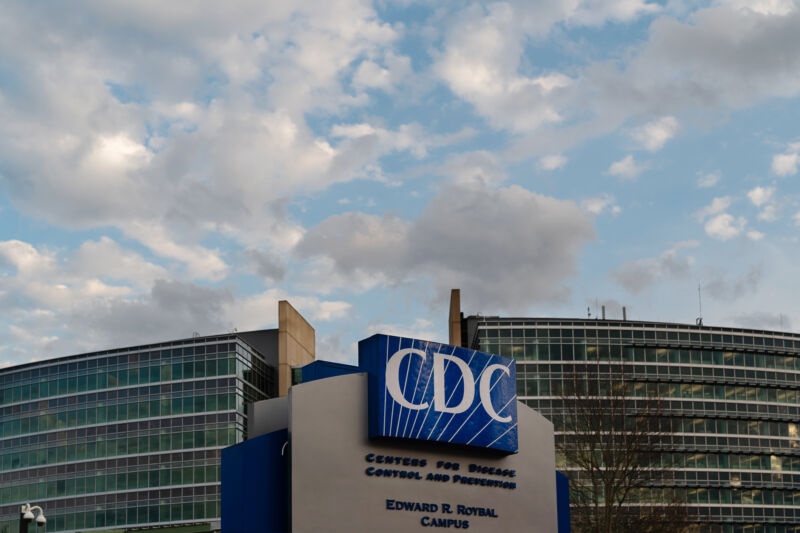-
 chevron_right
chevron_right
BA.2.86 fears fizzle as other variants drive up hospitalizations, deaths
news.movim.eu / ArsTechnica · Wednesday, 6 September, 2023 - 23:11

Enlarge (credit: Getty | Justin Sullivan )
Concern over the highly evolved omicron subvariant BA.2.86 is easing as the first batch of preliminary studies on the virus suggests it may not be as immune evasive or dangerous as its numerous mutations suggest.
But the good news is tempered by the latest COVID-19 data, which shows increasing rates of hospitalizations, emergency department visits, and deaths—all driven by the current gang of circulating omicron subvariants, led in the US by EG.5, FL.1.5.1 and XBB.1.16.6 . No single variant is dominant globally, though EG.5 is on the rise.
In the US, hospitalizations are up nearly 16 percent since last week, and deaths have risen almost 18 percent in that time. Test positivity is also on a steep incline, according to the latest Centers for Disease Control and Prevention data .








